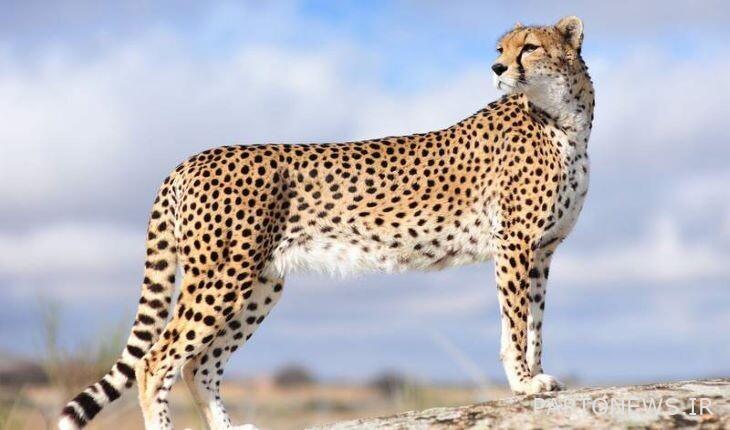“Iran” is not pregnant

The Director General of the Wildlife Protection and Management Office of the Environmental Protection Organization said: On Monday evening (May 11), a decision was made to perform an ultrasound scan, and according to the anticipated facilities, anesthesia and ultrasound operations were performed at the site, and the pregnancy of the female cheetah was not confirmed.
According to Moj news agency, the Director General of the Office of Wildlife Protection and Management of the Environmental Protection Organization said: “Iran” – the female ewes of the Turan site – mated in February last year, and the subsequent symptoms, especially the appearance symptoms in early May, were such that veterinarians believed There was a high probability of pregnancy, but at no stage did the organization publish official news about the certainty of pregnancy, and the possibility of pregnancy was always raised.
Gholamreza Abdali stated: “In any case, a relatively suitable space with enough equipment for permanent operation was provided at the Turan breeding site. Also, meetings of the breeding technical committee were held periodically with the presence of veterinarians and wildlife experts, and the veterinary team was prepared to deal with any possible incident, including It was determined that in this team, Dr. Peter Caldwell – the project’s external consultant – who has worked well with the project’s internal experts over the past year, was also present.
He added: Although there was no problem reported before in terms of the ability of a female to become pregnant, but re-examining it in case of non-pregnancy was also an issue that was of interest to experts, and considering that last year, shortly after the previous cesarean surgery, this work was done by Dr. Peter Caldwell was done, his reappearance along with the veterinarians of the organization and also the trusted veterinarian of the project was considered to examine the situation in Iran.
Abdali further said: During the visit to the Turan site, especially the physical condition and growth of the two young female cheetah cubs (named Azar and Turan), as well as the nutritional status and the next steps needed for the optimal use of these two cheetah cubs, were also examined by Peter Caldwell. And the veterinary team was placed in Turan.
He clarified: Finally, the team stationed at the Turan site last week, in the same initial physical examinations, stated that the probability of pregnancy was very high, but after performing the necessary calculations and determining the time interval between mating and the time of delivery, on Monday evening (11 May) they decided to perform an ultrasound and according to the anticipated facilities, anesthesia and ultrasound were performed at the site and the pregnancy of the female was not confirmed, but fortunately according to Dr. Peter Caldwell and the team present at the site, the condition of the uterus, ovarian follicles and related parts With the reproductive organs of the animal, no special problem has been seen for subsequent pregnancies.
The director general of the organization’s wildlife protection and management office went on to say: Obviously, due to the poor fertility of cheetahs, especially the sperm capacity of males, which has been mentioned in various studies, the failure of a female cheetah to become pregnant in the first year after cesarean surgery is a concern. It is not possible to use this female cheetah in future opportunities to continue the reproduction process of the Asian cheetah.

